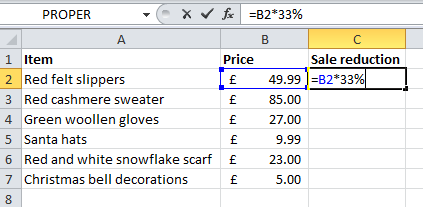

When comparing percentages, use “percentage points” to describe the difference between them. While you can do the math yourself with these step-by-step instructions, it’s easy to find a percentage change calculator online. This year, they budgeted $38 million.īased on that information, we can say funding for the traffic safety program increased almost 27% from 2021 to 2022. We use “percent” to describe how much a number has changed in relation to a previous number.Īs an example, let’s say state legislators set aside $30 million to fund a new traffic safety program in 2021. Use “percentage point” to indicate the amount of the change. Keep in mind the “percent change” is the rate of change. Together, we came up with four tips to help journalists master these key mathematical concepts.ġ. That’s why we created this tip sheet, with LaFleur’s help. She also teaches data journalism at American University.

“Percentage change and percentage-point change get mixed up all the time,” says Jennifer LaFleur, a senior editor at The Center for Public Integrity who has taught classes and workshops on using statistics in news stories for more than a decade. Before you can do that, though, you need to know the difference between “percent change” and “percentage-point change.” When you’re reporting on changes in numbers such as state funding, crime rates and opinion poll results, it’s important to tell audiences how much a number has risen or fallen over time. OctoPercent change versus percentage-point change: What’s the difference? 4 tips for avoiding math errorsīy Denise-Marie Ordway, The Journalist's Resource October 5, 2022 The negative sign out here.Percent change versus percentage-point change: What’s the difference? 4 tips for avoiding math errorsīy Denise-Marie Ordway, The Journalist's Resource Here, so let's take 1 from the one's place. Ten hundredths minus nine hundredths is one hundredth. So let's take a tenth from theĢ, so it's only one tenth now, and give it to the hundredths. To regroup a little bit in the numerator in We could write aĠ right over here, but we still face an issue So that we're subtracting the right place from Let's subtractĠ.79, making a point to align our decimal points Although, we can't forgetĪbout this negative out here. We'll get a positive number,Ī larger positive number than what we're going to Natural thing of we will add these two numbers. So these two expressionsĪre the exact same thing. Imagine distributing this negative sign, or

So if we factor outĪ negative sign, then this will become negative. The computation- at least in my brain, it's going And to make sense ofĭo is I'm going to factor out a negative sign. That jumps out at you is you have a fairly Written as a decimal, so we'll just write it again. Write it as a decimal, it's 0.79, which could be 0- or If you wanted to write it as aįraction, it would be 79/100. It's probably a good idea to get them all inįormat pretty easily. To pause this video and try to compute thisĮxpression on your own.


 0 kommentar(er)
0 kommentar(er)
